I am solving a MIP problem using CPLEX. After solving it, I want to get the reduced costs. I am aware of the fact that reduced costs don't exist for the MIP, so I did the following:
int type = CPXgetprobtype(env, lp);
if(CPXchgprobtype(env, lp, CPXPROB_FIXEDMILP)) abort();
if(CPXlpopt(env,lp)) abort();
int blabla; double blublu;
if(CPXsolution (env, lp, &blabla , &blublu , x, pi, slack, dj)) abort();
for (int i = 0; i < CPXgetnumcols(env,lp); i++) {
printf("v%d = %f, ", i,dj[i]);
if ((i+1) % 10 == 0) printf("\n");
}
if(CPXchgprobtype(env, lp, type)) abort();
When I print the array dj, it's all 0's. I also tried using CPXgetdj instead of CPXsolution, with the same result.
After reading this I believe what I am doing is correct. Yet it does not seem to work. My problems have 20000 variables, and I have tried with a bunch of them and it always says 0...
I have a small time limit, so it does not prove optimality (but it does find an integer solution), I'm not sure if this matter.
Thanks



